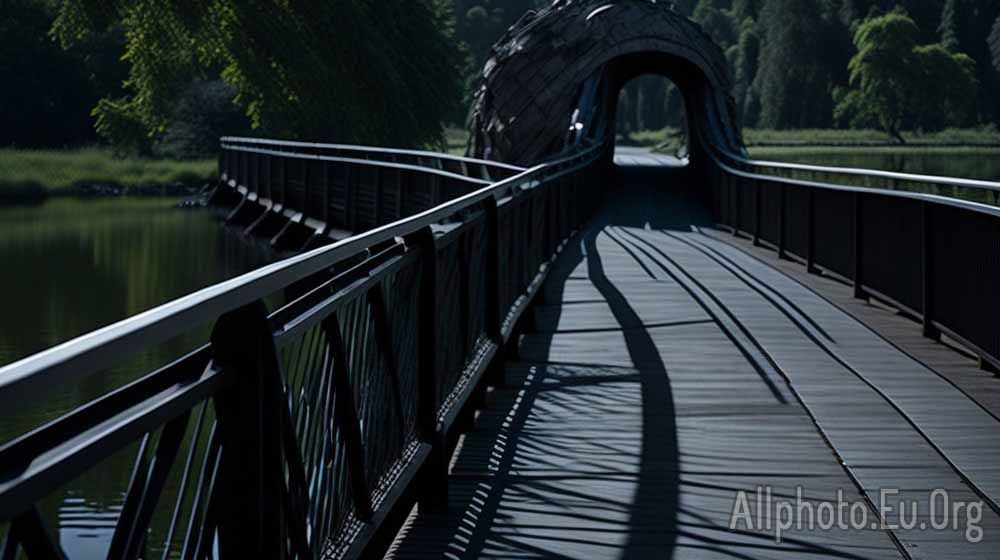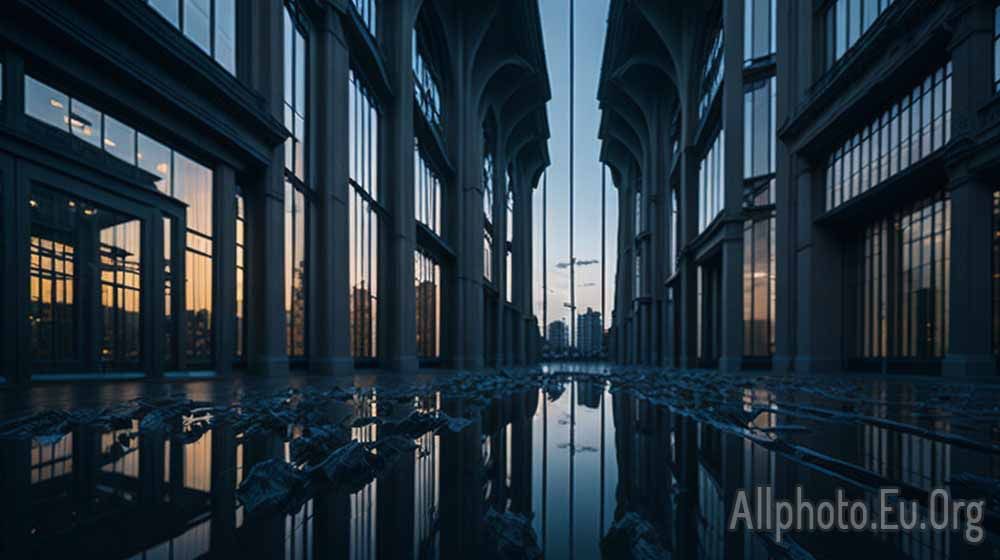Creating Artistic Photos with Tilt-Shift Lenses

Photography is an art form that has evolved with technology. With advancements in camera lenses and techniques, photographers can now capture images with a level of detail and creativity that was once thought impossible. One of the most exciting developments in this area is the use of tilt-shift lenses. In this article, we'll explore the world of tilt-shift lenses and how they can be used to create artistic photos.
Tilt-shift lenses are unique lenses that allow you to tilt and shift the focal plane of your camera's sensor. This means that you can manipulate the angle at which light enters the lens, resulting in images that are sharp in specific areas and blurred in others. These lenses have been around since the 1960s but have gained popularity in recent years with the advent of digital photography.
The main advantage of tilt-shift lenses is that they allow photographers to control the perspective of their photos. With traditional lenses, the focal plane is always parallel to the camera sensor. This means that objects in the foreground and background of a photo will be equally in focus. However, with tilt-shift lenses, you can tilt the lens to create a narrow focal plane that only focuses on a specific part of the image. This results in photos that have a shallow depth of field, which is often used in portrait photography to isolate the subject from the background.
Another advantage of tilt-shift lenses is that they can be used to correct perspective distortion. When you take a photo of a tall building or a wide landscape, the camera's sensor is not always parallel to the subject. This results in a distorted image where the lines of the subject are not straight. Tilt-shift lenses allow you to shift the lens up or down to correct this distortion and create a more accurate representation of the subject.
Tilt-shift lenses come in two types: the tilt-only lens and the tilt-shift lens. The tilt-only lens allows you to tilt the lens to control the focus of your photo, while the tilt-shift lens allows you to both tilt and shift the lens to control perspective and focus. Tilt-shift lenses can be expensive, but they are worth the investment for photographers who want to take their craft to the next level.
One of the most popular uses of tilt-shift lenses is in landscape photography. By tilting the lens and creating a narrow focal plane, photographers can create stunning images with a selective focus that draws the viewer's eye to a specific part of the landscape. This technique is also useful for creating photos of buildings and architecture, where perspective distortion can be corrected by shifting the lens.
Tilt-shift lenses are also useful for creating miniature effects in photos. By tilting the lens and creating a shallow depth of field, you can create the illusion that the subject of your photo is a miniature model. This technique is often used in advertising and product photography to make objects appear more appealing and interesting.
When using a tilt-shift lens, it's important to keep in mind that it requires a lot of patience and practice to get the desired results. The technique can be challenging to master, but with time and experience, you can create stunning photos that showcase your creativity and skill.
In conclusion, tilt-shift lenses are a powerful tool for photographers who want to take their craft to the next level. By allowing you to control perspective and focus, these lenses offer endless creative possibilities for photographers of all skill levels. Whether you're a landscape photographer looking to create stunning images of nature or a portrait photographer looking to isolate your subject from the background, tilt-shift lenses are a must-have tool for any photographer looking to create artistic photos.
If you're interested in experimenting with tilt-shift lenses, there are a few things to keep in mind. Firstly, make sure you choose the right lens for your needs. A tilt-only lens is a good option if you're primarily interested in controlling the focus of your photos, while a tilt-shift lens is ideal for controlling both perspective and focus.
Secondly, take the time to practice and experiment with your tilt-shift lens. The technique can be challenging to master, but with time and practice, you'll start to see the results you're looking for. Don't be afraid to try different angles and settings to find the perfect shot.
Finally, don't forget about post-processing. While tilt-shift lenses offer a lot of control in-camera, there are still adjustments you can make in post-processing to enhance your photos further. Editing software such as Adobe Lightroom and Photoshop can help you fine-tune the focus and perspective of your images and bring out the full potential of your tilt-shift lens.
In conclusion, tilt-shift lenses offer endless creative possibilities for photographers looking to take their craft to the next level. By allowing you to control perspective and focus, these lenses offer a unique way to capture the world around you and create artistic photos that showcase your creativity and skill. Whether you're interested in landscape photography, architecture, or product photography, a tilt-shift lens is a must-have tool for any photographer looking to explore their creative potential.
Tags
Latest Articles
Most Read
All Tags
Subscribe
Donate
Please consider supporting our efforts.
© 2023 All-Photo.Cf All rights reserved.










